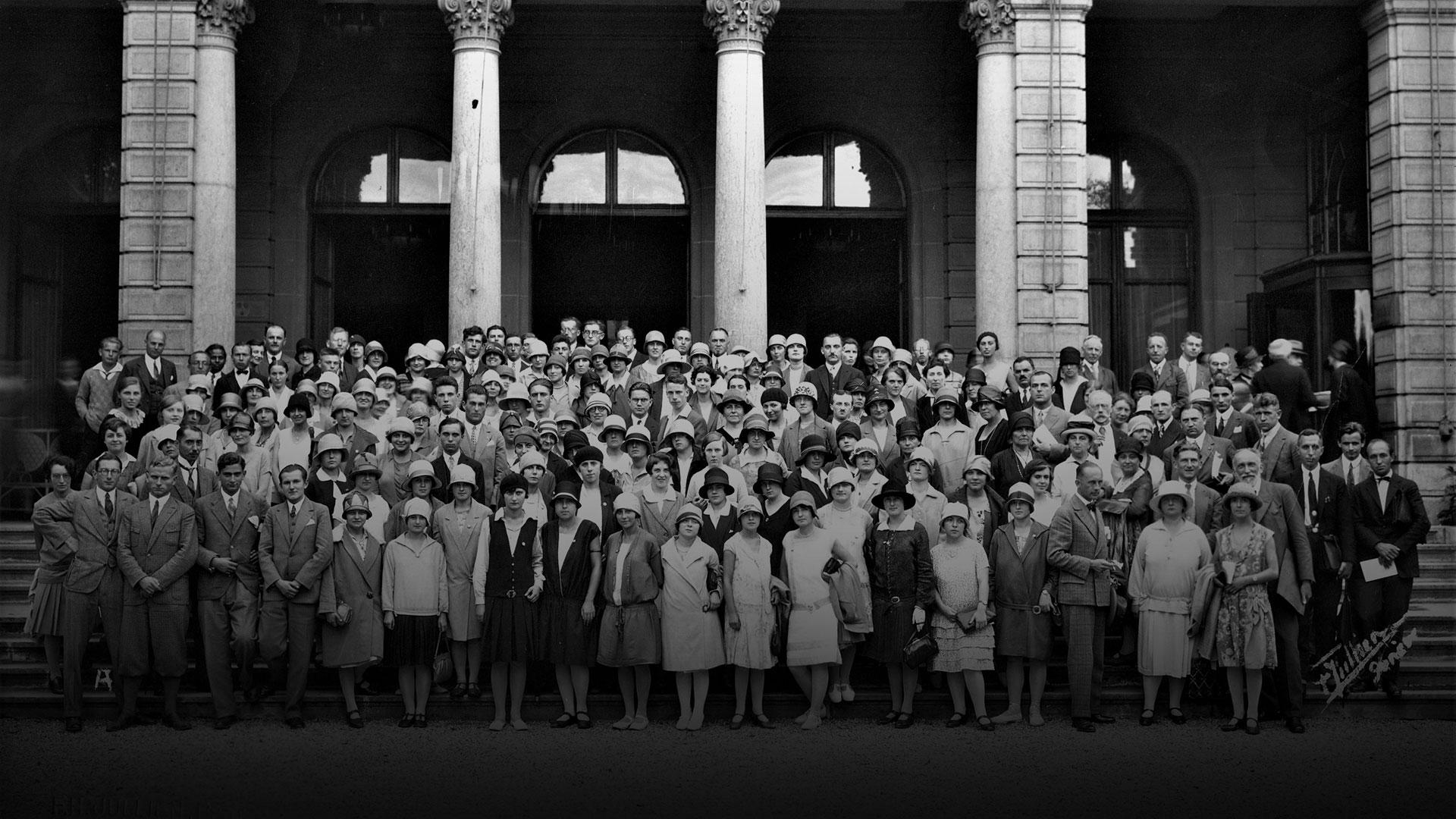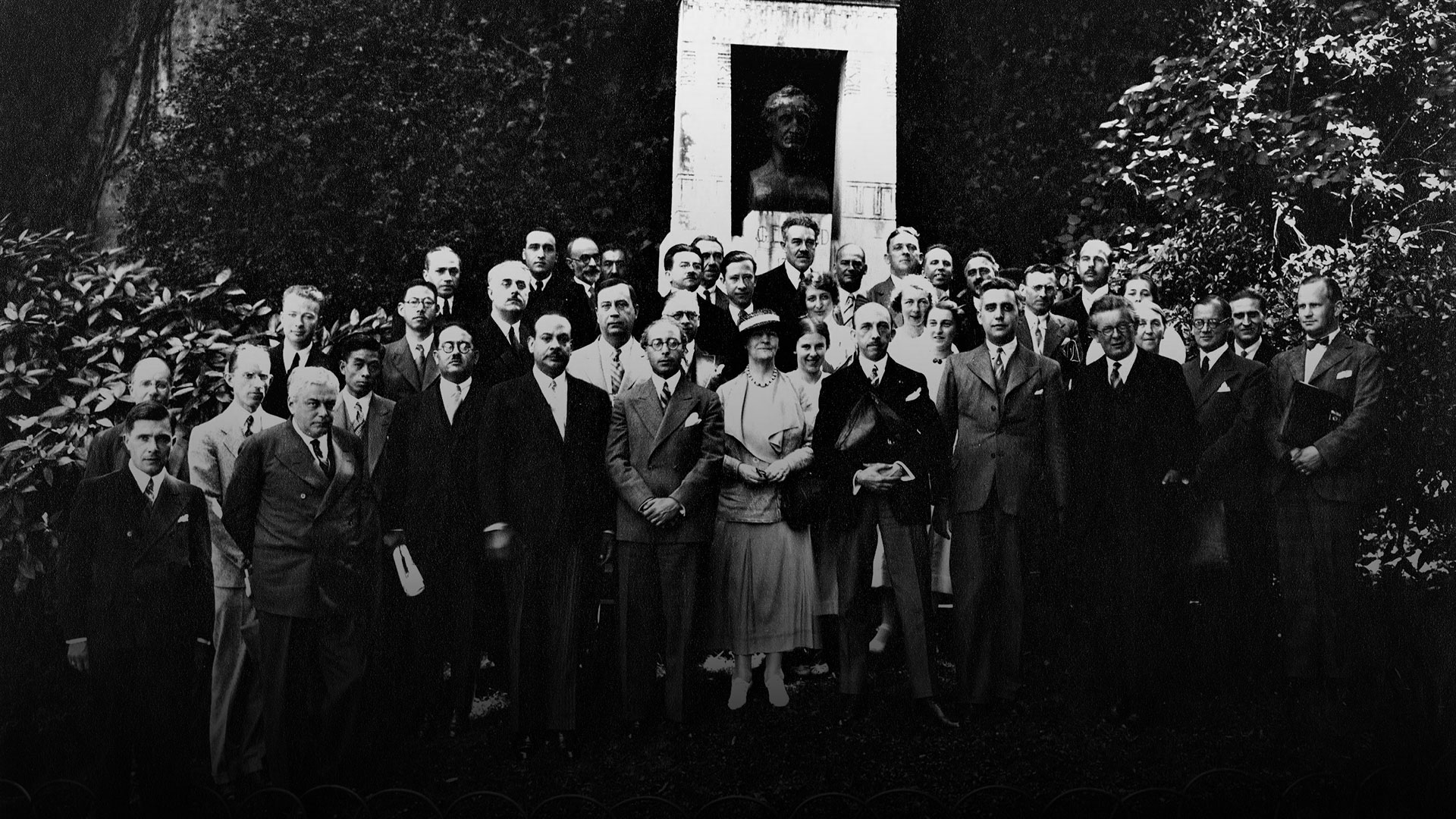Documenting the IBE’s life and work since 1925
Photography
The photograph collections of the IBE document the 95 years of remarkable history of an institution, which is often described as the “cradle of global education” as we know it today.
It is a history of the global education community on a global stage, determining global education policies, and designing a foundation for current and future global education.
The IBE founded processes currently followed by the formally recognized “convening agencies” for articulating and steering the global education agenda such as Education 2030. For decades before and after the establishment of current convening agencies, the IBE convened ministers of education, eminent academics, researchers, and technocrats to review past trends in education, and current challenges, and to set out a future collaborative agenda for addressing those challenges and for further growth in the field. This enormous convening power was formalized in 1934, with the establishment of the International Public Education Conference (ICPE), renamed the International conference on Education (ICE) in 1971. The IBE planted the seed for the comparative and international education research required to underpin the growth of global education. It is running one of the oldest continuously published journals in the field, Prospects, which disseminates findings of international and comparative education research.
Through its 95 years, the IBE has demonstrated unequalled resilience, even during the world wars. This resilience is credited to the reality that the IBE has been, and still is, a learning organization, changing mandates, shifting focus, adapting to diverse contextual challenges, and thriving through formidable odds.
A Visual History of the IBE
In 2017, the IBE selected 92 pictures to celebrate its 92 years of existence and published them in stunning volume – a cherished memorabilia for many friends and supporters of the IBE.
The photographs show the pivotal role of the IPCE/ICE as a platform for the global education dialogue organized by the IBE over many decades. The captions highlight global policies that emerged from the IPCE/ICE which still remain current. Examples include: education for international understanding (1948, 1968, and 1994); women’s access to education (1952); free primary education (1956); literacy and adult education (1965); integration of science and technology into curricula (1984); education quality (1986); equity and inclusion (2008); and the list goes on. While this attests to the enormous contribution of the IBE, it is also a reverberating call on the international education community to redouble efforts to end the recurrence of these challenges on the global education agenda. The world has changed and convening agencies have proliferated. More recent pictures show the IBE playing prominent roles on diverse world stages convened by multiple agencies spanning the UN and the private sector. They also illustrate the variety of the IBE’s convening platforms as well as its instruments and working modalities well beyond the ICE.





